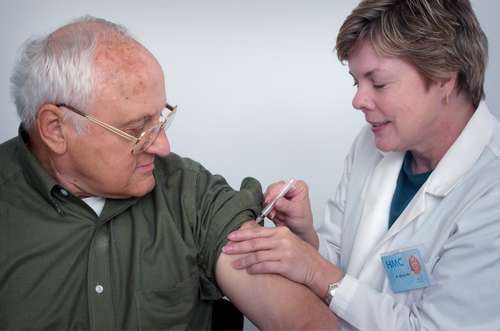The Marburg virus, a highly infectious pathogen, is responsible for Marburg Virus Disease (MVD), a condition that can cause severe illness and high mortality rates. Like some other diseases, it has a reputation for causing devastating outbreaks in parts of Africa.
The Marburg virus was first discovered in 1967, during simultaneous outbreaks in Germany and Yugoslavia, when laboratory workers were infected after exposure to African green monkeys.
Transmission of the Marburg virus occurs when an individual comes in contact with bodily fluids of infected people or animals, specifically bats and primates. The virus can spread through contaminated surfaces, medical equipment, or via close contact with patients, especially during caregiving or burial practices.
Marburg Virus Outbreaks
While Marburg virus outbreaks are rare, they tend to be deadly. One of the largest recorded occurred in Angola in 2004-2005, resulting in over 200 deaths.
Similar outbreaks have occurred in countries like the Democratic Republic of Congo and Uganda. These outbreaks typically originate from areas with large populations of fruit bats, which are considered natural hosts of the virus.
Symptoms of Marburg Virus Disease
The symptoms of the Marburg virus resemble other tropical diseases like malaria and typhoid fever, making early diagnosis challenging. However, laboratory testing of blood samples can confirm the virus.
After an incubation period of 2 to 21 days, patients typically present flu-like symptoms such as high fever, severe headache, muscle pain, and fatigue. Within a few days, more severe symptoms set in, such as diarrhea, vomiting, abdominal pain, and a sore throat.
In many cases, patients begin to experience hemorrhaging, both internally and externally. Blood can be seen in vomit and stool, and bleeding may occur from the gums, nose, and other areas of the body.
Treatment Options
Unfortunately, there is no specific antiviral treatment for Marburg virus. Supportive care, including rehydration, oxygen therapy, and treatment for complications, is the primary approach to managing the disease. While experimental treatments, such as monoclonal antibodies and antiviral drugs are being studied, none are currently widely available.
Survival depends largely on the patient’s immune system and the level of supportive care they receive. In previous outbreaks, patients who received early supportive care had a better chance of survival.
Prevention of Marburg Virus Disease
Prevention is key to controlling the spread of the Marburg virus. To minimize the risk of transmission:
- Avoid contact with bats and primates in endemic areas. These animals are known to carry the virus, and contact with their bodily fluids or secretions can lead to infection.
- Use personal protective equipment (PPE) when caring for infected patients. This includes wearing gloves, masks, and gowns to avoid exposure to bodily fluids.
- Practice safe burial practices. Infected individuals remain contagious even after death, so proper handling of bodies is critical to preventing further spread.
- Strengthen health surveillance systems. Early detection and reporting of suspected cases can help contain potential outbreaks. Rapid response teams and quarantine measures are essential in areas prone to outbreaks.
The Bottom Line
The Marburg virus is a deadly pathogen that requires serious attention, especially in regions where outbreaks have occurred. While the virus is rare, there is the potential for devastating outbreaks with symptoms that are life-threatening.
As scientists continue to explore treatment options, safe practices, awareness, and preparedness remain our best defenses against this dangerous virus.




